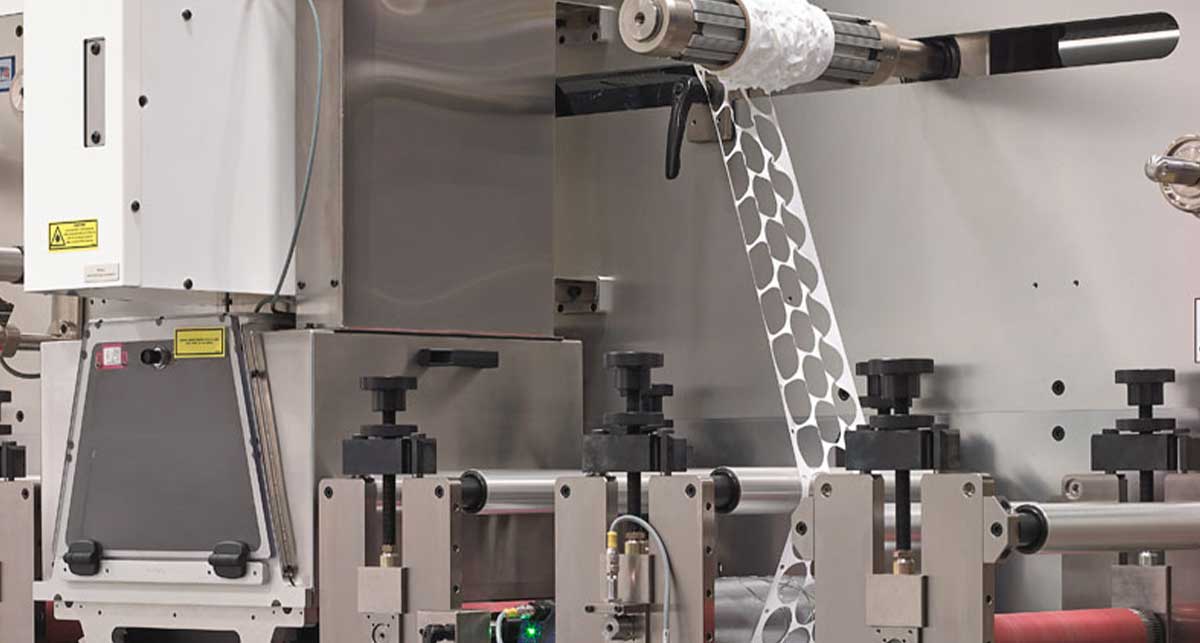You’ve created your drawing and began sourcing materials. Now, it’s time to combine these elements and see how they function. We call this stage the “prototyping stage.”
Using a prototype designed to your drawing helps you evaluate necessary adjustments to optimize your product for functionality and affordability. You can test everything from the types of materials to the shape and thicknesses.
As a flexible material converter, Strouse offers different rapid prototyping options to match the complexity of your materials and design. We believe it’s crucial to ensure that your product functions as intended before you begin the validation phase.
This guide will help you learn how to prototype a product, the benefits of prototyping and when it suits your process.
Is Prototyping My Product Necessary?
Prototypes help you test the functionality of your product, material, or design. Whether you should get them depends on whether the samples will function for your needs and proof of concept.
What Are My Prototyping Options
The best prototyping method will depend on your chosen materials, design, and other factors. Before you settle on a sampling method, you’ll want to ensure you pick the right one to suit your needs.
At Strouse, we offer:
- Material Rolls/Sheets
Laser-cut samples excel in applications requiring highly precise cuts, tight tolerances, or small dimensions. Digital knife cutting can produce precise cuts and provide accurate samples. It uses an oscillating blade to make the cuts and is good for materials like foil, which can't be used in laser cutting. Lastly, we can simply send rolls or sheets of material which is typically used for user testing in the early design stages.
It’s important to note that certain prototyping methods might not work for your desired part.
For example, laser cutting can also cause particular liners to melt, hindering their ability to peel. Imagine using laser-cut samples with melted liners in clinical testing or trials for a medical device. If the faulty liners fail, it might lead to a false negative when, in reality, the actual design could have functioned as cut with steel blades in full-scale production.
When in doubt, contact your converter to discuss their sampling options and determine which one best suits your design.
Prototyping vs. Production
As mentioned above, prototyping has drawbacks that need to be considered when deciding between prototyping and production. The biggest limitation is that prototypes are not always equivalent to production level parts. However, prototyping remains an excellent choice for many reasons. Here are some of the things that you should consider when deciding between functional prototypes and production quality parts.
QUALITY, APPEARANCE, & FUNCTIONALITY
Generally speaking, prototyping quality differs from production standards.
Samples may come out differently than fully produced parts. For instance, lasers can leave burn marks behind as they ablate materials, making the samples less appealing. However, lasers also allow us to build things we can’t achieve using a steel tool.
Strouse can make highly tight tolerance prototypes on a laser, but it might not be feasible to guarantee this margin on rotary, full-scale production tolerances.
So, while a functional prototype does have some drawbacks compared to a production quality part, it also has the benefit of no tooling cost and tight tolerances achieved more easily through processes like laser cutting.
VOLUME EXPECTATIONS
Mass production is typically a very different process that can require additional tools—incurring an expense that is often not desirable for a small order. If you’re requesting samples for the first time, you might have unrealistic expectations of part volume/quantity.
Depending on the complexity of your design, the prototyping process might be more labor-intensive and slower than expected. For instance, instead of the 2,000 parts you had hoped for, you might only be able to get 200.
The quantity will likely depend on how difficult it is to build your part, based on the number of layers, features, feature depths, how they’re interspersed throughout multiple layers, etc.
Testing Prototypes In-Context
Using working prototypes to test your design in context allows you to study its behavior and function at a more than hypothetical level and make the appropriate changes to achieve optimal performance.
For instance, if your prototype uses adhesive “A1” but falls off, you can switch to the more robust adhesive “A2.” These test adjustments make the prototyping process an essential staple of product development.
Strouse doesn’t perform the testing required to confirm that your part functions as intended (that’s up to you). However, we will create samples representative of the design factors you hope to test.
If you’re interested in testing a part design, submit your technical drawing above, and we’ll contact you to discuss making prototypes that suit your intended application.
Lastly, you might be at an earlier stage in the design process. If you're interested in designing a product prototype, we have additional resources to help you build a technical drawing and find the right material.







